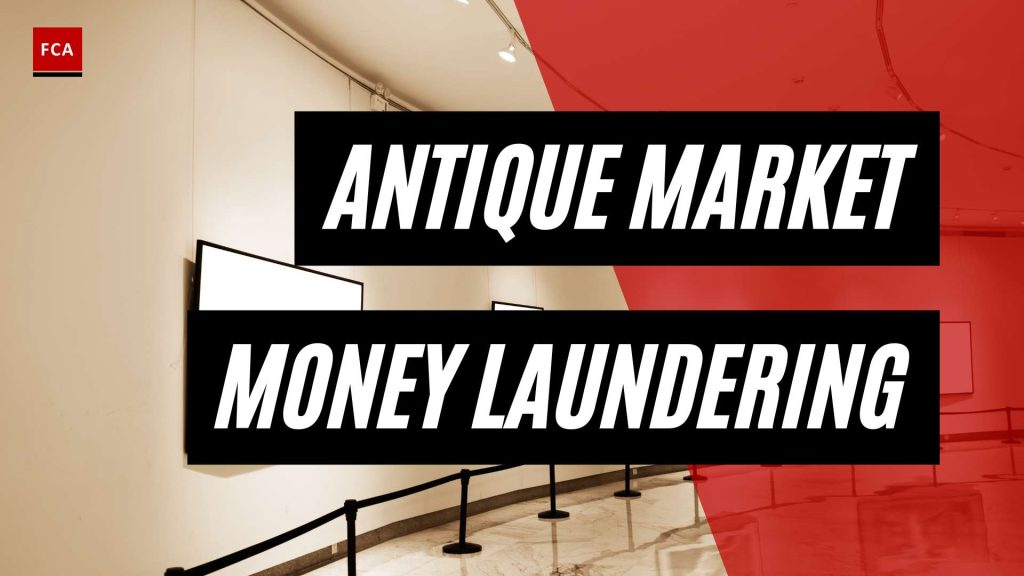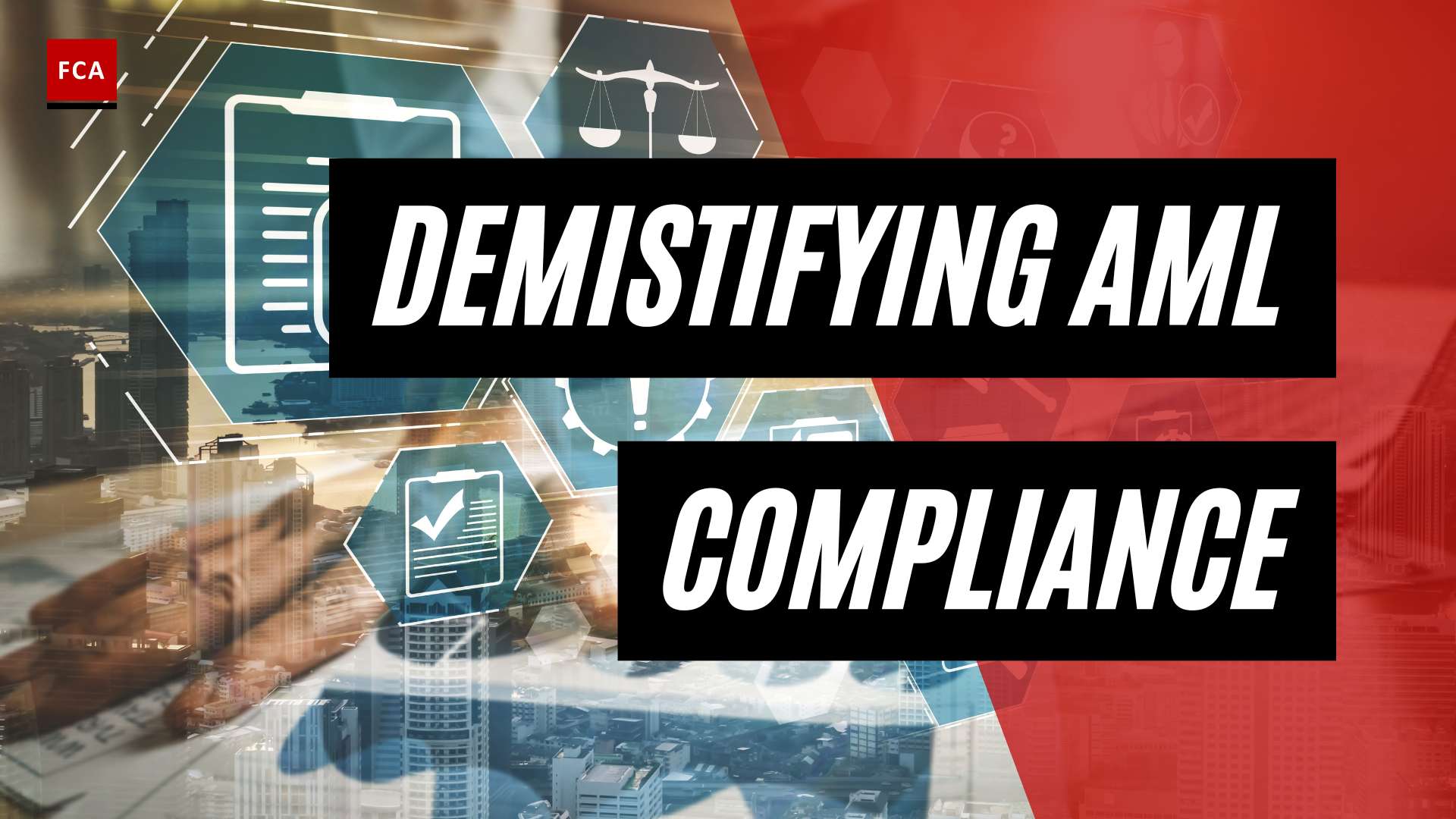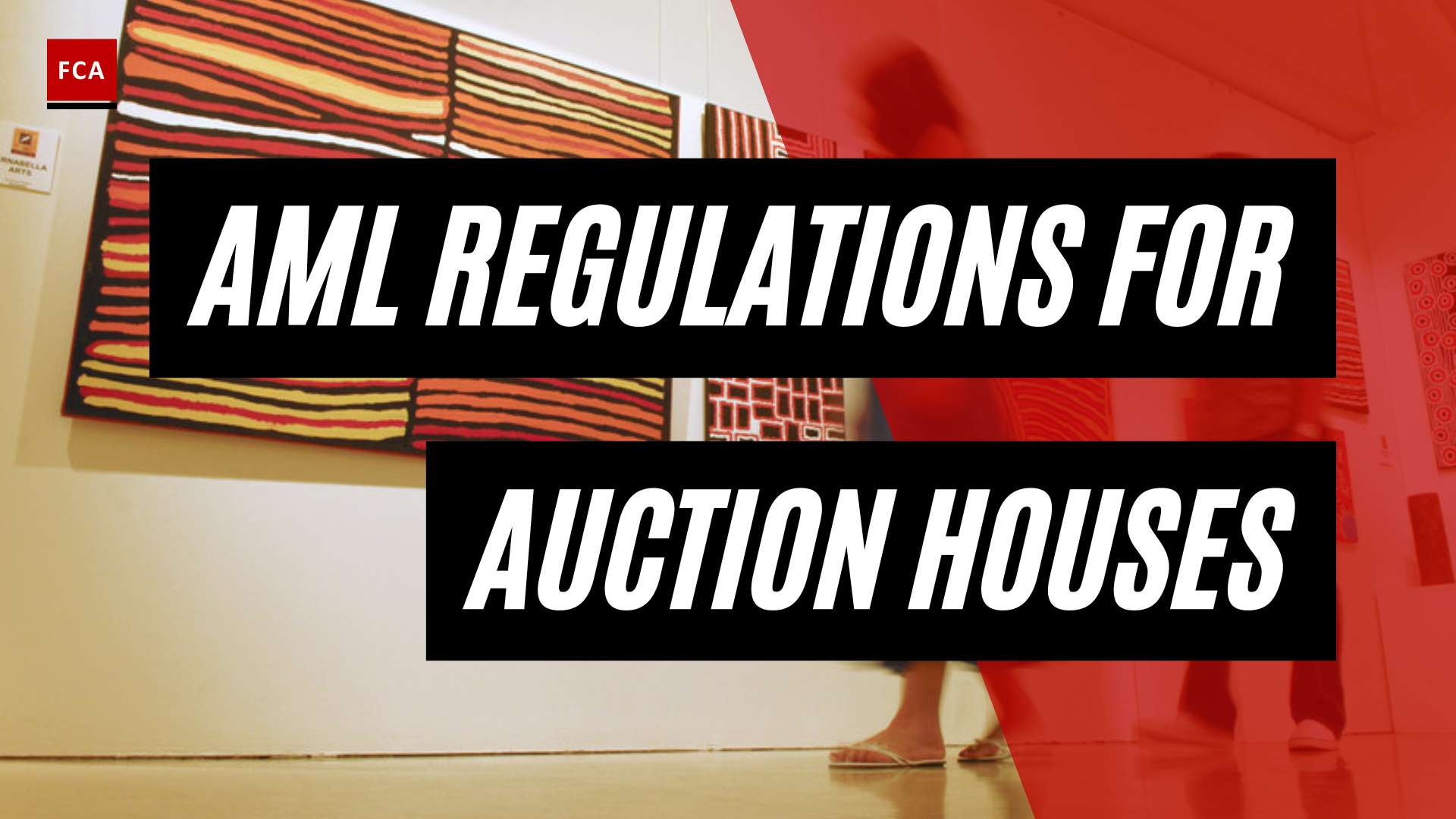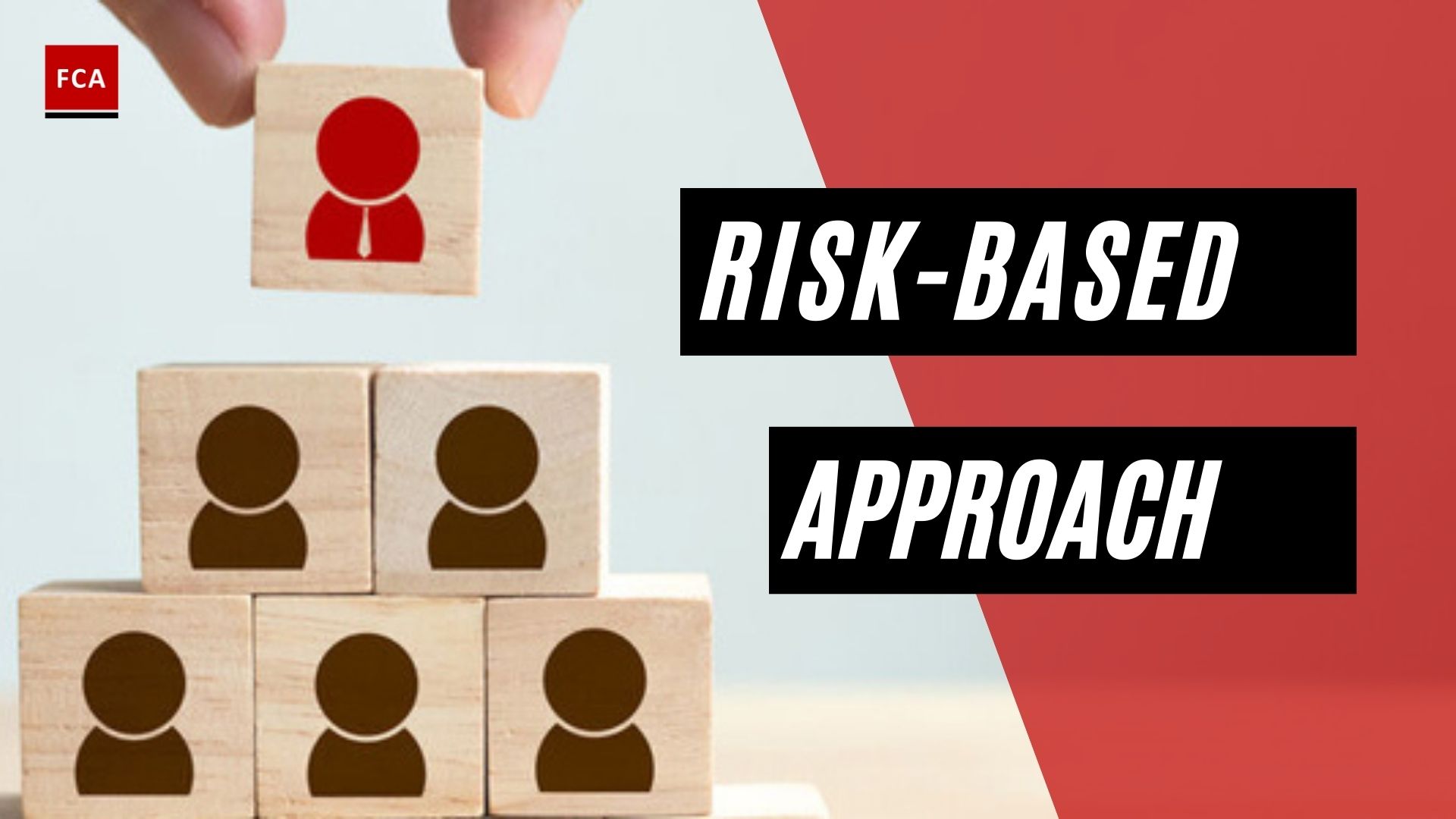Money Laundering Through Art and Antiques
Money laundering through the art and antique market has become a growing concern in recent years. Understanding the risk and regulatory scrutiny surrounding this issue is essential for professionals working in compliance, risk management, anti-money laundering, and anti-financial crime.
Understanding the Risk
The underground art market provides ample opportunities for money laundering through art (money laundering through art). Criminals can exploit the lack of transparency and regulation in the market to disguise the origins of illicit funds. The high value, portability, and subjective nature of art make it an attractive avenue for money laundering activities. Criminals can purchase artworks or antiques with illegal funds and then sell them through legitimate channels, effectively “cleaning” the money in the process.
The art and antique market’s global growth, reaching $579 billion in 2023 (ComplyAdvantage), further increases the vulnerability to money laundering. The market’s price flexibility and the ability to maintain anonymity in purchases contribute to its appeal for illicit activities.
Regulatory Scrutiny and Compliance Obligations
Regulatory bodies and governments worldwide have recognized the need to address money laundering through art and antiquities. The Financial Action Task Force (FATF) has highlighted the vulnerabilities of the art market and provided guidance on combating money laundering. The European Union’s Sixth Anti-Money Laundering Directive (6AMLD) and the US Anti-Money Laundering Act of 2020 (AMLA 2020) have extended AML obligations to participants in the art market, imposing stricter regulations and penalties to deter money laundering (ComplyAdvantage).
Financial institutions, including banks and art dealers, need to be aware of their compliance obligations when dealing with art and antique transactions. They are required to assess borrowers, manage and report suspicious financial activities, reduce fraud losses, and protect customers (Abrigo). Implementing comprehensive AML and counter-financing of terrorism (CFT) programs is crucial for ensuring compliance with the Bank Secrecy Act (BSA) and other relevant regulations.
Outsourced assistance and the expertise of AML professionals play a vital role in combating money laundering through art and antiquities. AML experts can provide support with alerts, cases, lookbacks, and other necessary measures to help institutions detect and prevent money laundering activities. Optimizing AML programs and strategic planning are also necessary to stay ahead of evolving money laundering techniques and regulatory requirements (Abrigo).
By understanding the risks associated with money laundering through art and antiquities and the increasing regulatory scrutiny, professionals can work towards effective compliance and risk management in this complex and evolving landscape. Collaborative efforts, comprehensive due diligence practices, and adherence to regulations are essential in addressing the challenges posed by money laundering in the art and antique market.
Techniques and Challenges in Money Laundering
Money laundering through the art and antique market involves various techniques that enable criminals to conceal the illicit origins of their funds. Understanding these techniques is crucial in combating and preventing money laundering activities within the industry. Some common techniques and challenges in money laundering through the art and antique market include:
Fraudulent Invoices and Undervaluation
Antique dealers have been known to create fraudulent invoices and undervalue items to facilitate money laundering transactions within the market (Department of Justice). By manipulating the prices and values attributed to artworks or antiques, criminals can obscure the true value of their illicit funds. This allows them to legitimize their wealth and integrate it into the legal economy.
Undervaluation involves deliberately assigning a lower value to an artwork or antique than its actual worth. This tactic helps to minimize suspicion and scrutiny from authorities, making it easier for criminals to sell the items without raising red flags. By using undervaluation techniques, money launderers can effectively move their illicit funds through the art and antique market.
Manipulation of Auctions
Manipulation of art and antique auctions is another method employed by money launderers. Criminals may collude with auction houses or buyers to artificially inflate or deflate prices, depending on their needs (art auction money laundering). By controlling the bidding process or engaging in strategic bidding, they can manipulate the market and facilitate money laundering activities.
Through auction manipulation, money launderers can create a false appearance of demand and value for specific artworks or antiques. This allows them to legitimize their illicit funds by selling the items at inflated prices or moving funds through the purchase of undervalued items. The lack of transparency in auction processes can make it difficult for authorities to detect and investigate these illicit activities.
Cash Payments and Anonymity
The nature of high-value transactions in the art and antique market often involves cash payments, which provides an attractive avenue for money launderers to convert illegally obtained cash into legitimate assets. Cash transactions offer a level of anonymity that makes it challenging for authorities to track the movement of laundered money within the market (Department of Justice). Criminals can exploit this anonymity to conceal the true origins of their illicit funds.
The use of cash payments also reduces the need for financial institutions to be involved in the transactions, bypassing the scrutiny of anti-money laundering regulations and reporting requirements. This lack of oversight and regulatory scrutiny in the art and antique market further facilitates money laundering activities.
Understanding the techniques and challenges involved in money laundering through the art and antique market is crucial for developing effective anti-money laundering measures. By addressing these vulnerabilities and adopting comprehensive regulations, the industry can work towards combating money laundering activities and promoting transparency and integrity within the market.
AML Measures to Combat Money Laundering
To effectively combat money laundering in the art and antiquities market, financial institutions and regulatory bodies must implement robust anti-money laundering (AML) measures. These measures help assess borrowers, manage suspicious activities, and optimize AML programs through strategic planning.
Assessing Borrowers and Managing Suspicious Activities
Financial institutions play a crucial role in preventing money laundering in the art and antiquities market. They must assess borrowers thoroughly to ensure they are creditworthy and not involved in illicit activities. This involves conducting due diligence checks, verifying the source of funds, and monitoring transactions for any suspicious activities.
By implementing risk-based approaches, financial institutions can identify high-risk borrowers and transactions associated with the art and antiquities market. They can also establish internal controls and reporting mechanisms to detect and report any suspicious financial activities. Prompt action is essential to prevent money laundering and protect customers from potential fraud losses.
Outsourced Assistance and AML Experts
Financial institutions can benefit from outsourcing assistance and leveraging the expertise of AML professionals to combat money laundering in the art and antiquities market. AML experts can provide support in areas such as alerts, cases, lookbacks, and more. By partnering with experienced professionals, financial institutions can enhance their AML capabilities and stay informed about the latest trends and techniques used in money laundering.
Outsourced assistance from AML experts, like those provided by Abrigo, can help financial institutions effectively combat money laundering through art and antiquities. Leveraging the experience of AML experts can strengthen AML programs, improve detection capabilities, and ensure compliance with applicable regulations.
Optimizing AML Programs and Strategic Planning
To address the unique challenges posed by money laundering in the art and antiquities market, financial institutions must optimize their AML programs through strategic planning. This involves identifying future growth and risks, monitoring risk exposure, and ensuring compliance with regulatory requirements.
By conducting regular risk assessments, financial institutions can identify vulnerabilities and areas of improvement within their AML programs. They can then develop and implement strategies to mitigate risks and enhance detection and prevention capabilities. Strategic planning also involves staying updated with regulatory guidance and industry best practices to adapt to evolving money laundering schemes.
Abrigo’s team offers experience across hundreds of financial institutions and can support them in optimizing their AML programs and strategic planning (Abrigo). By leveraging their expertise, financial institutions can strengthen their defenses against money laundering in the art and antiquities market, ensuring compliance and protecting the integrity of the financial system.
By assessing borrowers, managing suspicious activities, and optimizing AML programs through strategic planning, financial institutions can play a vital role in preventing and combating money laundering in the art and antiquities market. Collaboration between financial institutions, regulatory bodies, and AML experts is essential to effectively address this global issue.
Global Perspectives on Money Laundering through Art and Antiques
The issue of money laundering through art and antiques has gained significant attention worldwide. Various global entities and jurisdictions have taken steps to address this illicit activity. In this section, we will explore the efforts of three key players: the Financial Action Task Force (FATF), the European Union (EU), and the United States (US) with its Anti-Money Laundering Act of 2020.
FATF and Regulatory Guidance
The Financial Action Task Force (FATF) has recognized the vulnerability of the global art market to potential misuse for money laundering purposes. In its 2023 guidance paper, the FATF highlighted 40 examples of money laundering in the art market, with over half involving fine art. Although FATF member countries had their membership suspended on February 24, 2023 (FATF), the organization’s guidance continues to be influential in shaping anti-money laundering efforts in the art and antiquities sector.
The FATF recommends the application of anti-money laundering/countering the financing of terrorism (AML/CFT) measures to the art market, including dealers in art and antiquities. These measures aim to mitigate the risk of money laundering and terrorist financing by enhancing due diligence, customer identification, and record-keeping obligations within the art market.
European Union’s Efforts
The European Union (EU) has also taken significant steps to combat money laundering in the art and antiquities sector. The EU’s Sixth Anti-Money Laundering Directive (6AMLD) makes AML screening and customer due diligence (CDD) mandatory for all participants in the art market. This directive extends AML obligations to art market participants and establishes harsher penalties for violations, contributing to deterring money laundering (ComplyAdvantage).
Additionally, in the United Kingdom, the Money Laundering, Terrorist Financing and Transfer of Funds Regulations Act (MLR) 2017 was amended to include provisions applicable to the art market. This amendment imposes AML obligations on art market participants conducting transactions of 10,000 euros or more, aligning with the EU’s efforts to address money laundering risks in the art sector.
US Anti-Money Laundering Act of 2020
In the United States, the Anti-Money Laundering Act of 2020 (AMLA 2020) brought antiquities dealers under the same AML regulatory framework as US financial institutions. This act requires antiquities dealers to identify beneficial owners, train staff, maintain transaction records, and adopt compliance policies, among other obligations. By subjecting antiquities dealers to AML regulations, the US aims to close potential loopholes and enhance transparency within the art and antiquities market (ComplyAdvantage).
The AMLA 2020 represents a significant step in combating money laundering through art and antiques in the US. By aligning the regulatory framework for antiquities dealers with that of financial institutions, the act strengthens the AML defenses within the art and antiquities sector.
These global perspectives and efforts demonstrate a growing recognition of the risks associated with money laundering through art and antiques. By implementing stricter regulations, imposing obligations on market participants, and enhancing due diligence measures, jurisdictions aim to protect the integrity of the art market and mitigate the potential misuse of this sector for illicit financial activities.
Vulnerabilities of the Art and Antiquities Market
The art and antiquities market, with its immense value and international reach, presents vulnerabilities that can be exploited for money laundering purposes. Understanding these vulnerabilities is crucial in developing effective measures to combat illicit financial activities. Two key vulnerabilities within the art and antiquities market are the global art market growth and anonymity, as well as the challenges surrounding provenance and regulations.
Global Art Market Growth and Anonymity
The global art market has experienced significant growth in recent years. According to ComplyAdvantage, the market grew from $441 billion in 2022 to $579 billion in 2023. The Asia-Pacific region emerged as the largest single region in the art market, offering price flexibility and purchase anonymity. This growth, coupled with the anonymity provided by the art market, makes it an attractive target for money laundering activities.
The high volume of activity in the global art market increases the potential for misuse and illicit financial activities. The Financial Action Task Force (FATF) highlighted in its 2023 guidance paper that over half of the 40 examples of money laundering in the art market involved fine art. The anonymity and confidentiality of transactions within the art market provide opportunities for criminals to disguise illicit funds and obscure the true origins of money.
Challenges in Provenance and Regulations
Provenance, or the documented history of an artwork or antiquity, poses significant challenges in the art and antiquities market. Establishing the authenticity and ownership history of a piece can be complex, especially for older or culturally significant items. The lack of clear provenance makes it difficult to trace the origin of funds used to acquire these artworks or antiquities, creating opportunities for money laundering.
Regulatory frameworks surrounding the art and antiquities market also present challenges. While efforts have been made to regulate the sector, there are still gaps in the implementation and enforcement of regulations. The European Union’s Sixth Anti-Money Laundering Directive (6AMLD) has made Anti-Money Laundering (AML) screening and customer due diligence (CDD) mandatory for all participants in the art market. However, ensuring compliance with these regulations across jurisdictions remains a challenge (ComplyAdvantage).
Addressing these vulnerabilities requires a multi-faceted approach that involves collaboration between stakeholders, enhanced due diligence practices, comprehensive regulations, and effective enforcement mechanisms. By understanding the vulnerabilities within the art and antiquities market, regulators, art market participants, and law enforcement agencies can work together to mitigate the risk of money laundering and preserve the integrity of the market.
Case Studies and Investigations
To gain a better understanding of the money laundering risks associated with the art and antique market, it is crucial to examine real-world case studies and investigations. Two notable examples are the US Department of Justice cases and Pakistan’s cultural heritage challenges.
US Department of Justice Cases
The US Department of Justice has been actively investigating cases related to money laundering through the art and antique market. One such case involved a New York art dealer accused of laundering money for a Chinese billionaire, as reported by The Wall Street Journal. This case highlights the lack of transparency in the art and antiquities market, making it vulnerable to money laundering (The Express Tribune).
By examining these cases, authorities and professionals in the field gain valuable insights into the techniques utilized by criminals to exploit the art and antique market for money laundering purposes. It underscores the importance of implementing robust anti-money laundering (AML) measures and strengthening regulatory oversight to mitigate the risks associated with illicit financial activities within the art world.
Pakistan’s Cultural Heritage and Challenges
Pakistan has faced significant challenges in preserving its cultural heritage and preventing the looting of cultural sites and artifacts. Incidents such as theft from the Taxila Museum, looting of Mohenjo-daro, and smuggling of Gandhara sculptures have demonstrated the vulnerability of Pakistan’s cultural heritage to illicit activities, including money laundering (The Express Tribune).
The smuggling and illegal trade of these valuable artifacts contribute to concerns about money laundering through the illicit trade in antiques. The link between cultural heritage looting and money laundering highlights the need for enhanced efforts to protect and preserve Pakistan’s cultural sites and artifacts. It also emphasizes the importance of effective AML measures and international cooperation in combating the illicit trade of cultural property.
By studying these case studies and investigations, stakeholders can develop a deeper understanding of the vulnerabilities within the art and antique market and identify strategies to address the various risks associated with money laundering. Collaboration between law enforcement agencies, regulatory bodies, and the art industry is crucial in combating money laundering and preserving cultural heritage.
Addressing Money Laundering in the Antique Market
To combat the risks of money laundering in the antique market, it is essential to implement effective measures that promote collaboration and monitoring mechanisms, as well as enforce due diligence practices and comprehensive regulations.
Collaboration and Monitoring Mechanisms
Addressing money laundering in the antique market requires collaboration among various stakeholders, including law enforcement agencies, financial institutions, art and antique dealers, and regulatory bodies. By working together, these entities can share information, intelligence, and best practices to identify and prevent illicit activities.
One important aspect of collaboration is the establishment of suspicious activity reporting mechanisms. Art and antique dealers should be encouraged to report any suspicious transactions or activities to the appropriate authorities. This helps in detecting potential money laundering schemes and facilitates investigations. Additionally, fostering international cooperation and information sharing between countries can enhance the effectiveness of anti-money laundering efforts in the global antique market.
Furthermore, implementing robust monitoring mechanisms is crucial. Regulatory bodies can conduct regular inspections and audits of art and antique dealers to ensure compliance with anti-money laundering regulations. This helps identify any deficiencies and provides an opportunity for corrective measures.
Due Diligence Practices and Comprehensive Regulations
To address money laundering risks, due diligence practices play a vital role in the antique market. Art and antique dealers should conduct thorough customer due diligence, including verifying the identities of buyers and sellers, understanding the nature and purpose of transactions, and assessing the risk associated with each transaction. This helps in identifying and mitigating potential money laundering threats.
Comprehensive regulations are necessary to establish clear guidelines and obligations for art and antique dealers. Regulatory bodies should require dealers to establish and maintain anti-money laundering programs that include internal controls, independent testing, and the designation of a compliance officer responsible for implementing and monitoring the program. It is important to note that the lack of an AML program for dealers in antiquities can contribute to the exploitation of the market for money laundering purposes Federal Register.
Regulations should also mandate the reporting of suspicious transactions and the maintenance of records related to sales, purchases, and clients for a specified period of time, such as five years Federal Register. By establishing clear guidelines and obligations, comprehensive regulations help ensure that art and antique dealers operate in a transparent and accountable manner.
In summary, addressing money laundering in the antique market requires collaborative efforts, including information sharing and cooperation among stakeholders. Additionally, due diligence practices and comprehensive regulations are essential to mitigate money laundering risks. By implementing these measures, the art and antique market can become more resilient against illicit activities and contribute to a more transparent and accountable marketplace.








